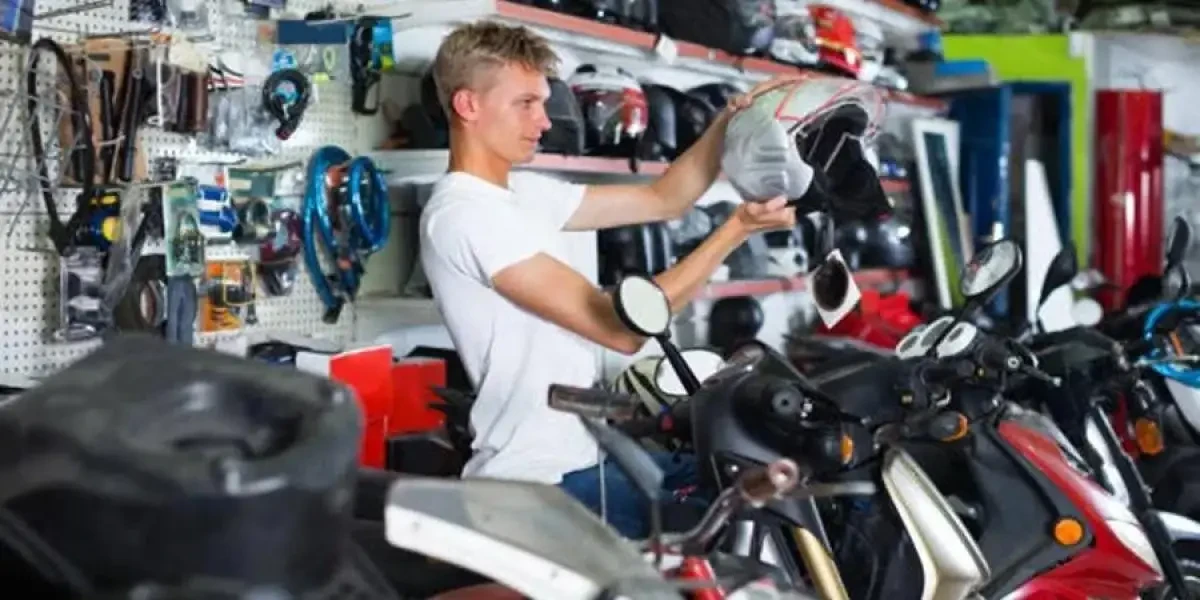Mastering Bike Gears: How to Maximize Your Riding Experience
In the world of motorcycling, grasping the art of gear control is vital for enhancing your riding performance. Correctly utilizing and understanding motorbike equipments can dramatically impact acceleration, fuel, and control efficiency, transforming an average trip right into a seamless, exhilarating trip.
Comprehending Gear Mechanics
At the core of motorbike characteristics, equipment mechanics play a pivotal role in converting engine power into movement, inevitably determining rate and control. The equipment ratios, carefully designed, establish the partnership between engine changes and wheel turns, influencing acceleration and fuel performance.
Understanding equipment auto mechanics begins with acknowledging the importance of the transmission, which houses several gears of varying sizes. These gears connect via a process recognized as meshing, where teeth of different equipments engage to transfer power. The accuracy of this communication is important; any type of imbalance or damage can result in ineffective power transfer, impeding efficiency. Furthermore, the arrangement and size of gears affect the motorcycle's capability to deal with different lots and speeds.
Furthermore, the idea of equipment changing is essential to optimizing efficiency. Smooth and prompt shifts ensure that the engine runs within its ideal power band, preventing unneeded strain and enhancing durability (motocross gear). By understanding these mechanical details, bikers can accomplish a harmonious mix of power, effectiveness, and control, elevating their riding experience
Timing Your Shifts
Shift timing mastery is vital for optimizing bike efficiency and boosting the riding experience. Properly timed changes ensure that the engine runs within its optimum power band, which is important for preserving control, accomplishing smooth velocity, and guaranteeing the durability of the motorcycle. Riders should develop an instinctive feeling of when to shift equipments, which includes comprehending the relationship between engine changes per min (RPM) and rate.
To understand shift timing, pay attention to the engine's audio and really feel, as these provide vital hints regarding when to change equipments. The optimal change point typically happens when the engine comes close to the upper series of its power band without reaching the redline. Shifting prematurely can lead to a lack of power, while moving also late might trigger unnecessary engine pressure
Additionally, roadway problems and riding design influence change timing. In comparison, throughout highway riding, fewer shifts at higher rates can be more suitable.
Enhancing Gas Performance
While understanding motorcycle equipments is important for performance, boosting gas efficiency is equally essential for both ecological and financial reasons. Ideal gas consumption not only minimizes operational expenses yet also lessens the environmental impact of riding. To accomplish this, one must recognize the detailed relationship in between gear selection and engine efficiency.
To start with, choosing the ideal gear at suitable rates can substantially impact gas consumption. Riding in a greater gear at lower rates can lead to engine lugging, which is detrimental to both gas economic situation and engine wellness. Alternatively, riding in reduced gears at broadband causes unnecessary fuel intake. Therefore, preserving an ideal equilibrium by moving equipments abreast with road conditions and anticipated maneuvers is necessary.
Furthermore, normal upkeep plays an essential role in fuel performance. Making sure that the bike is well-tuned, with motorcycle visor tidy air filters and appropriately pumped up tires, can improve aerodynamics and decrease gas waste. Taking on a riding design that accepts steady velocity motorcycle bluetooth headphones and smooth slowdown can contribute to much better gas economic situation.

Methods for Smooth Transitions
Attaining smooth equipment changes is fundamental to enhancing the riding experience and ensuring the long life of a bike's transmission system. Proper gear changing not just adds to a smooth experience but also decreases deterioration on the mechanical components. To grasp the art of smooth transitions, riders should concentrate on a few crucial methods.

Second of all, clutch control plays a pivotal duty. Involving and disengaging the clutch smoothly calls for practice. The clutch lever need to be launched slowly, permitting a smooth transfer of power from the engine to the wheels without creating a jolt or sudden motion.

Adapting to Road Problems
Navigating varied road conditions is a vital ability for any motorcyclist intending to preserve control and security. Whether you're riding on damp surfaces, gravel roads, or browsing doglegs, your ability to adjust your gear use and riding strategy is critical. Comprehending exactly how to change your gears appropriately can substantially affect grip and stability, making certain a more secure journey.
In comparison, when riding on crushed rock or uneven surface, reduced equipments are better. Lower equipments supply much better control and enable you to react even more swiftly to unforeseen adjustments in the roadway surface.
Sharp curves require precise gear management to balance speed and control. Downshifting prior to going into a contour can help maintain energy while guaranteeing the motorcycle continues to be steady throughout the turn. Regular practice in diverse conditions enhances your ability to respond and forecast to adjustments in roadway texture her explanation and incline.
Final Thought
Mastering motorbike gears substantially improves the riding experience by improving fuel, control, and velocity effectiveness. Adapting equipment option to various road conditions, such as utilizing higher equipments on damp surfaces and lower gears on crushed rock, further improves handling and safety and security.
Recognizing equipment technicians begins with acknowledging the importance of the transmission, which houses numerous gears of differing dimensions. These equipments interact through a procedure understood as meshing, where teeth of various equipments engage to transfer power (motocross parts nz). Gentle adjustments to the throttle during equipment shifts can protect against jerky movements and maintain a regular riding speed
Whether you're riding on damp surfaces, crushed rock roadways, or navigating sharp turns, your ability to adjust your gear use and riding strategy is critical. Adjusting gear selection to different roadway conditions, such as using higher gears on wet surface areas and lower equipments on gravel, further boosts handling and safety.